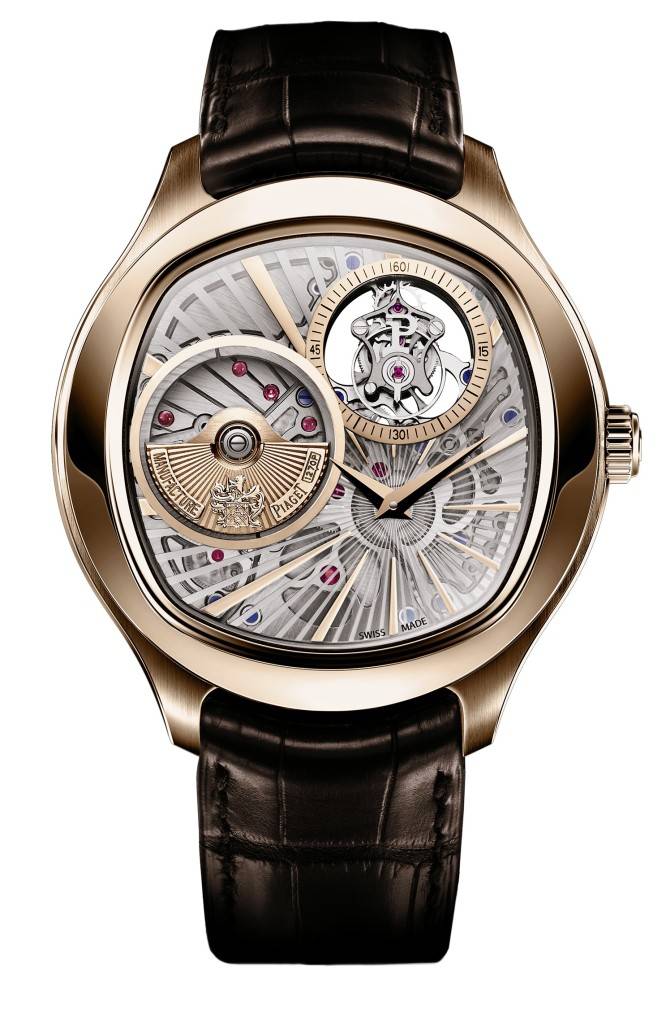What goes around, comes around –call them ultra thin or extra flat, thin dress watches are back, and a rose by any other name would be just as elegant. Though a newcomer to fine watchmaking in recent years might be forgiven for not knowing it, making a thin watch (and wearing one) was for decades considered an indispensable sign of sophistication. Only a top watchmaker could make a very thin watch, because a very thin watch needs a very thin mechanism inside, and during the golden age of the wristwatch –the period just after the end of World War II and, roughly, 1970 –the ultimate dress watch was gold, round and thin.
Whether traditional, cutting edge or a mixture of both, today’s ultra thin watches all share the hard to define but instantly recognizable quality of elegance that’s let the thin dress watch stand the test of time.
Making the mechanism (or movement) fit in a space with only a few millimeters’ headroom is no easy task. A thicker watch is easier to construct and maintain, and it’s a rule of thumb in watchmaking that the thicker the watch, the more accurate. A thin watch demands much higher precision in construction and more skill in assembly to run well –and achieving the elegant purity of design found in the best thin watches demands a discerning eye.
The earliest watches were thick, heavy objects, but by the mid-18th century, watchmaking had become advanced enough that thin movements could be made. By 1755, Pierre-Augustin Caron de Beaumarchais (today better remembered for the Figaro plays that are the basis of the world famous operas by Mozart and Rossini) had managed to eliminate or redesign many watch parts that require a thicker construction. His brother-in-law, Jean Antoine Lépine, further developed Beaumarchais’ ideas, and the extra thin movements that still follow his basic design are known as Lépine style movements to this day.
Today’s heirs to the tradition established by Beaumarchais and Lépine are a mixture of both old school traditionalists and new wave iconoclasts –sometimes both in the same company. Jaeger LeCoultre, for instance, is one of the best-known creators of thin movements, and such watches as their Master Ultra Thin contain mechanisms that would have been instantly recognizable to a watchmaker of Lépine’s day, but the firm is also a research powerhouse in cutting edge micromechanics. Piaget, another renowned leader in the creation of classic, ultra thin watches, has also continued to push the limits of movement design and in recent years has broken several long-standing records in thinness. Whether traditional, cutting edge or a mixture of both, today’s ultra thin watches all share the hard to define but instantly recognizable quality of elegance that’s let the thin dress watch stand the test of time.





















